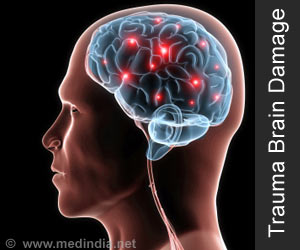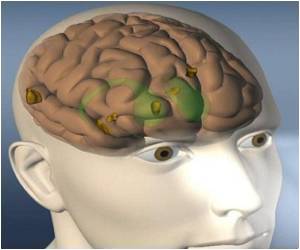Embryonic nerve cells can functionally integrate into local neural networks when transplanted into damaged areas of the visual cortex of adult mice.

‘Embryonic nerve cells can functionally integrate into local neural networks when transplanted into damaged areas of the visual cortex of adult mice, revealed a new study.’





A new study shows that embryonic nerve cells can functionally
integrate into local neural networks when transplanted into damaged
areas of the visual cortex of adult mice.Researchers based at LMU Munich, the Max Planck Institute for Neurobiology in Martinsried and the Helmholtz Zentrum München have demonstrated that, in mice, transplanted embryonic nerve cells can indeed be incorporated into an existing network in such a way that they correctly carry out the tasks performed by the damaged cells originally found in that position.
Such work is of importance in the potential treatment of all acquired brain disease including neurodegenerative illnesses such as Alzheimer's or Parkinson's disease, as well as strokes and trauma, given each disease state leads to the large-scale, irreversible loss of nerve cells and the acquisition of a what is usually a lifelong neurological deficit for the affected person.
In the study published in Nature, researchers of the Ludwig Maximilians University Munich, the Max Planck Institute of Neurobiology, and the Helmholtz Zentrum München have specifically asked whether transplanted embryonic nerve cells can functionally integrate into the visual cortex of adult mice.
"This region of the brain is ideal for such experiments," says Magdalena Götz, joint leader of the study together with Mark Hübener. Hübener is a specialist in the structure and function of the mouse visual cortex in Professor Tobias Bonhoeffer's Department (Synapses - Circuits - Plasticity) at the MPI for Neurobiology.
Advertisement
In their experiments, the team transplanted embryonic nerve cells from the cerebral cortex into lesioned areas of the visual cortex of adult mice. Over the course of the following weeks and months, they monitored the behavior of the implanted, immature neurons by means of two-photon microscopy to ascertain whether they differentiated into so-called pyramidal cells, a cell type normally found in the area of interest.
The team then went on to characterize, for the first time, the broader pattern of connections made by the transplanted neurons. Astonishingly, they found that pyramidal cells derived from the transplanted immature neurons formed functional connections with the appropriate nerve cells all over the brain. In other words, they received precisely the same inputs as their predecessors in the network. In addition, they were able to process that information and pass it on to the downstream neurons which had also differentiated in the correct manner.
"These findings demonstrate that the implanted nerve cells have integrated with high precision into a neuronal network into which, under normal conditions, new nerve cells would never have been incorporated," explains Götz, whose work at the Helmholtz Zentrum and at LMU focuses on finding ways to replace lost neurons in the central nervous system. The new study reveals that immature neurons are capable of correctly responding to differentiation signals in the adult mammalian brain and can close functional gaps in an existing neural network.
Source-Eurekalert














